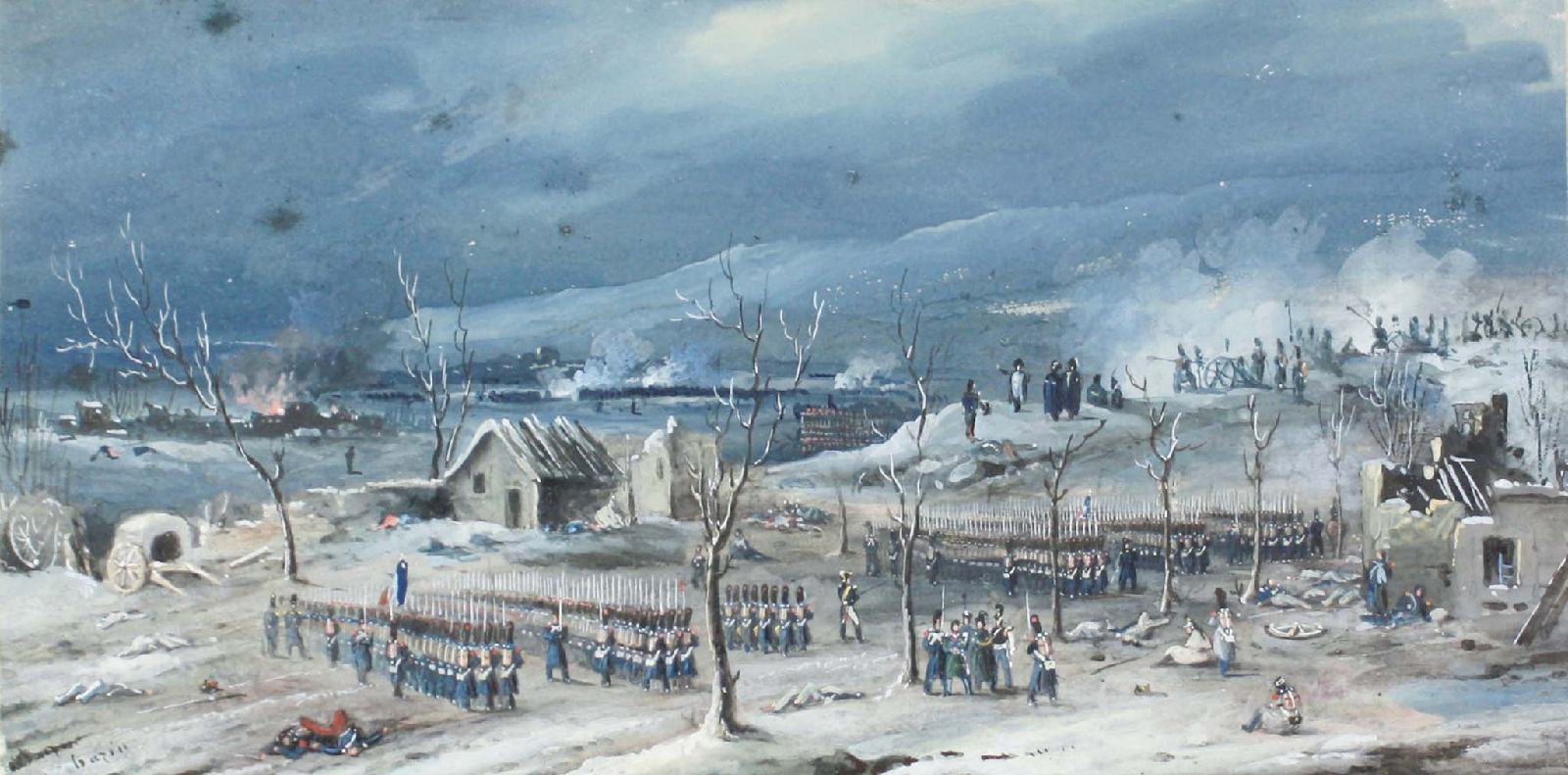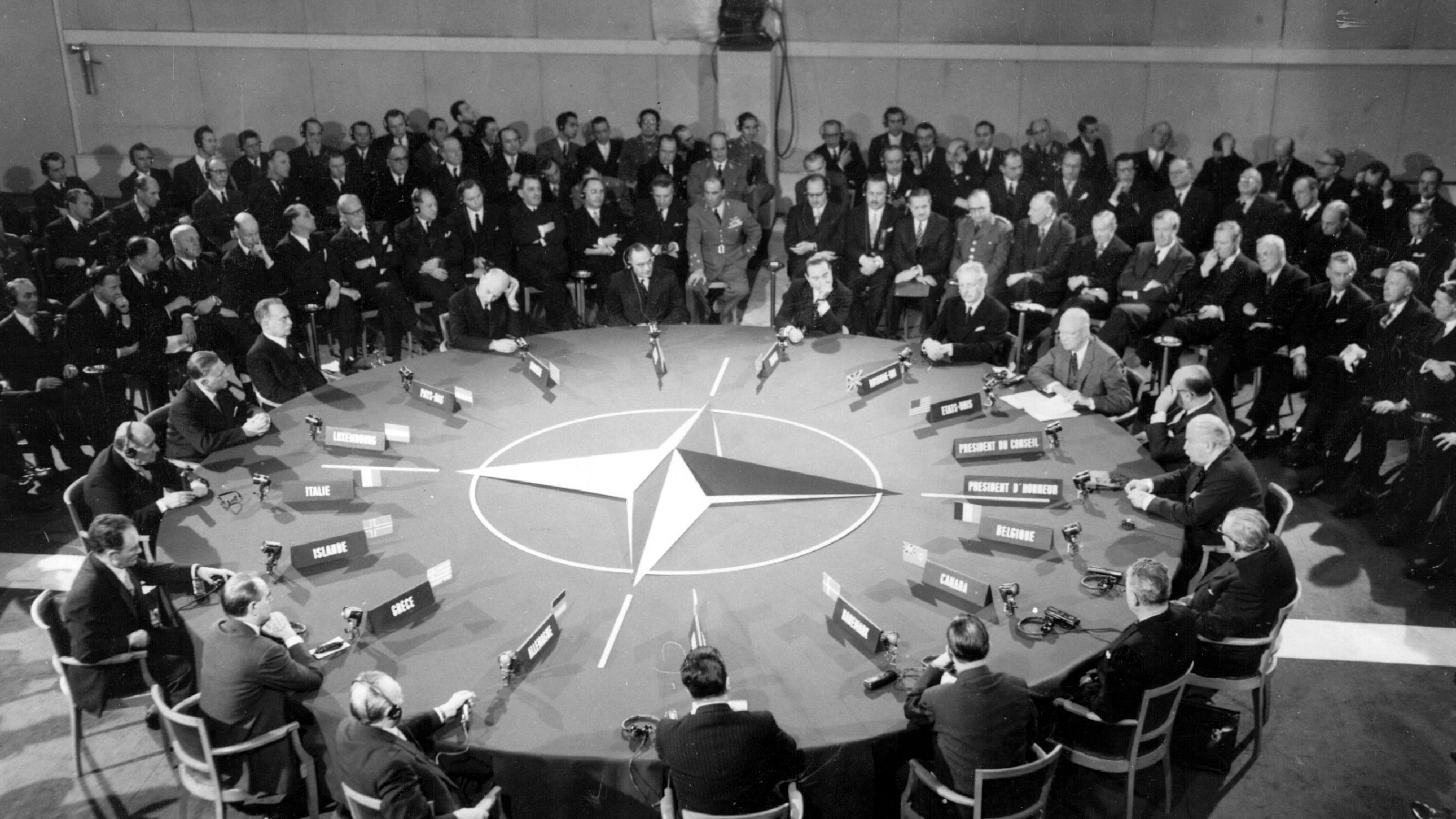1. A Long War Against Russia
Russia’s intervention in Ukraine on 24 February 2022 is widely portrayed in Western media as a unilateral act of aggression. But in Moscow - and across much of the Global South - it is viewed as the latest chapter in a two-century-long Western campaign to check, contain, fragment and pillage Russia. This is not a conspiracy theory, it is a matter of documented geopolitical fact.
2. Western Campaigns Against Russia Since 1812
Western states have repeatedly organised themselves into coalitions to confront Russia militarily, often with the stated aim of “balance of power” or “humanitarian intervention”, but consistently resulting in the weakening of Russia’s influence or territory.
2.1 Napoleon’s Invasion (1812)
France, supported by numerous European nations, launched the largest land invasion in history to crush Russian resistance to continental hegemony. The disastrous failure of this expedition did not however mean the end of Western suspicion of Russian power.
Napoleon had just triumphed over Austria and Prussia and established client states across Europe. He imagined himself the architect of a united continent under French influence. Russia stood as the final major power not fully under his control or aligned with his interests.
Napoleon invaded Russia in 1812 primarily because Tsar Alexander I had broken with the Continental System, Napoleon’s economic blockade against Britain. This system, established in 1806, aimed to cripple Britain’s economy by forbidding European trade with it. Russia initially complied but found it disastrous for its own economy, which depended heavily on British trade, especially exports of grain and imports of manufactured goods. By 1810, Russia resumed trading with Britain.
2.2 Crimean War (1853–56)
Britain, France and the Ottoman Empire sought to halt Russia’s advance towards the Mediterranean.
The Crimean War was triggered largely by fears in Britain and France that Russia’s growing influence over the declining Ottoman Empire would give it control over the Black Sea and eventually allow it to dominate access to the Mediterranean via the Bosporus and Dardanelles straits.
The war introduced modern media warfare and an early coalition logic that Russia must be contained.
2.3 Allied Intervention in the Russian Civil War (1918–22)
British, American, French and Japanese troops landed on Russian soil under the pretext of stabilising post-revolution chaos. In practice, they attempted to shape the post-Tsarist future...and failed.
2.4 Operation Barbarossa (1941–45)
Although this was Nazi Germany’s war, Hitler’s invasion force was composed of troops from many European countries. Russians remember this as the last total war, an existential invasion that was met with the need for a quite staggering sacrifice on their part.
2.5 Cold War and NATO (1947–91)
The containment of the USSR became official Western policy, reinforced by nuclear arms races, proxy wars, and the construction of NATO. From a Russian viewpoint, this was four decades of encirclement, threats and impoverishment.
3. Post-Soviet Wars and the Yugoslavia Precedent
After the USSR collapsed, Russia was promised “not one inch eastward” in NATO expansion. That promise was broken. But before the waves of NATO enlargement reached Russia’s doorstep, the alliance tested its post-Cold War power in Yugoslavia.
3.1 The NATO Bombing of Serbia (1999)
Russia’s historic Slavic and Orthodox ally, Serbia, was bombed by NATO without UN approval. The attack, justified as humanitarian intervention over Kosovo, was a wake-up call for Moscow: if Belgrade can be bombed, so can we. Putin later described it as “a turning point".
3.2 Yugoslavia as Strategic Laboratory
The dismemberment of Yugoslavia, through sanctions, colour revolutions, partition, and airstrikes, was viewed by many Russian analysts as a prototype for later strategies used in Georgia (2008), Ukraine (2014), and beyond. Serbia was the first post-Cold War casualty of unipolar enforcement.
4. 2022: A War With History
The war in Ukraine is not just about NATO or territory. It is not a proxy war. For Russia, it is the culmination of a long pattern of Western encirclement, where every advance of NATO, every "proxy" war, and every economic sanction, echoes all the previous campaigns. The siege of Leningrad. The carpet bombing of Belgrade. The Maidan coup. From Moscow’s viewpoint, these are not separate episodes, they are one war. It is seen as a direct war: Ukraine is doing the fighting on behalf of the Western coalition.
The war in the theatre of Ukraine can be traced from 22 February 2014 with the Maidan coup in Kiev, back to the Bucharest summit of 2008's decision to include Ukraine in NATO, and further back still to Clinton's fateful decision in 1994 to expand NATO eastward.
It’s about geopolitics. The idea of a Eurasian bloc - Germany, Russia, China - terrifies Anglo-American strategists going back to Halford Mackinder (1904). Preventing such a bloc is a doctrinal imperative of Western grand strategy.
5. Conclusion: Nothing New, Just the Endgame
Seen through Russian eyes, the "unprovoked invasion" of 24 February 2022 is not a beginning. It is the continuation of over two centuries of conflict - sometimes overt, sometimes covert - between Western coalitions and Russian statehood. NATO is not so much a defensive alliance, as the military arm of a geopolitical project - currently, we have "project Ukraine". And so for Russia, this war is simply the latest - and perhaps final - confrontation in that long and bitter story, that it is expected will end in a disastrous and strategic and possibly final defeat for the West.















0 comments:
Post a Comment
Keep it clean, keep it lean